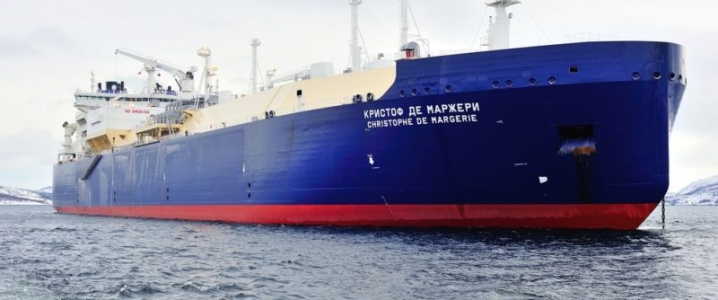Environmental authorities in China said on Friday that Beijing and its surrounding industrial province of Hebei cut smog emissions by at least 12 percent in 2018 after a long crackdown on polluters as well as campaigns to reduce household coal use. Beijing’s local government said that the city’s emissions of small, hazardous breathable particles known as PM2.5 fell 12 percent to 51 micrograms per cubic meter (mcg) over the whole of 2018. The government said that average emissions are still significantly higher than China’s official air quality standard of 35 micrograms. It added that 656 polluting enterprises were forced to relocate last year, with firms and individuals fined a total of 230 million yuan ($33.50 million) for violations, up 22.5 percent from last year.
Hebei, China’s biggest steel-producing region, saw PM2.5 emissions fall by 12.5 percent to an average of 56mcg in 2018. The cut was partly a result of efforts to cut coal consumption, as about 1.8 million households replaced coal with natural gas and electricity for heating this winter, the report said.
Tackling rampant air pollution
Beijing, China’s capital, has suffered for decades from serious air pollution amid the country’s rampant economic growth. Primary sources of pollutants include exhaust emission from Beijing's more than five million motor vehicles, coal burning in neighboring regions, dust storms from the north, and dust particles from local construction projects. A particularly severe smog engulfed the city for several weeks in early 2013, elevating public awareness to unprecedented levels and prompting the government to roll out emergency measures. Related: Oil Posts Longest Rally In 17 Months
Going forward, China's continued push to fight rampant air pollution, particularly in its major urban centers, will provide more opportunities for global liquefied natural gas (LNG) producers and traders. By 2020, per government mandate, the country’s energy mix has to include at least 10 percent gas, with further earmarks by 2030. China is already ramping up domestic gas production to meet these ambitious goals, but it won’t be enough, forcing the country to rely even more on pipeline gas imports from Russia, Myanmar, and others, as well as LNG imports from a myriad of players, including Qatar, Australia, the U.S. and Russia as Moscow, continues to develop its LNG sector.
Revolutionizing LNG markets
China’s increased gas usage is already revolutionizing global LNG markets and could be one of the driving forces swinging global LNG markets from its current long-standing overhang of the supercooled fuel to a shortage by around 2022. Just a little over a year ago most were forecasting the LNG supply glut to continue to around the mid part of the next decade. China surpassed South Korea at the end of 2017 to become the second largest global procurer of LNG and could pass Japan, the current leader, before the mid part of the next decade.
In November, China already overtook Japan as the overall largest importer of natural gas, which includes China's pipeline gas imports and LNG imports. China’s total natural gas imports over January to October via pipeline and as liquefied natural gas (LNG) were at 72.06 million tonnes, up a third from the same period last year, according to Reuters calculations based on General Administration of Customs data. Japan, on the other hand, imported about 69.35 tonnes of LNG over that period, down 17 percent for the same 10 months of 2017. Japan imports all of its natural gas as LNG.
By Tim Daiss for Oilprice.com
More Top Reads From Oilprice.com:
- Is This The Answer To Canada’s Oil Crisis?
- U.S. Army Joins Race To Expand U.S. Oil Exports
- Why 2019 Will Be A Record Breaking Year For LNG


















